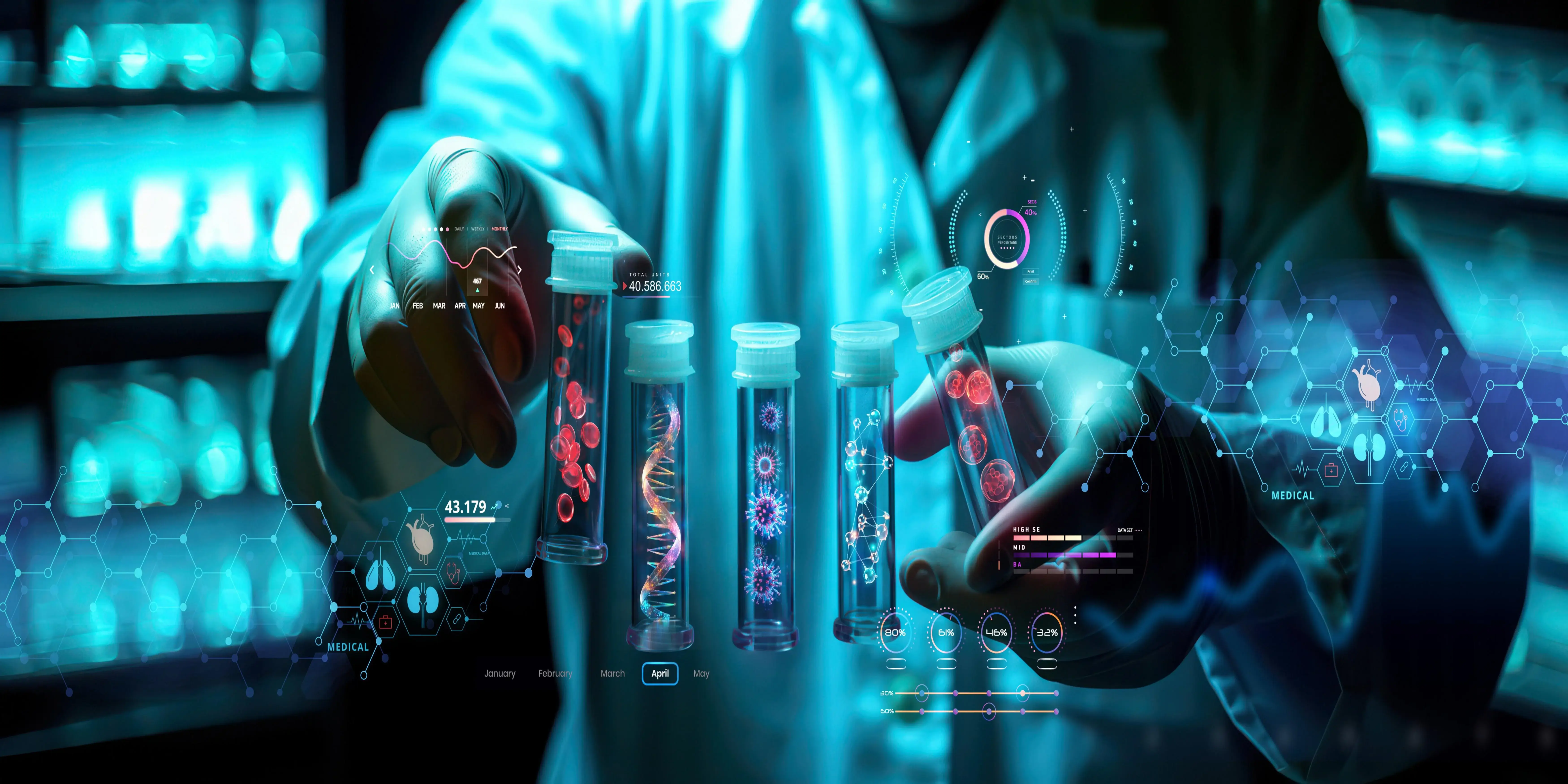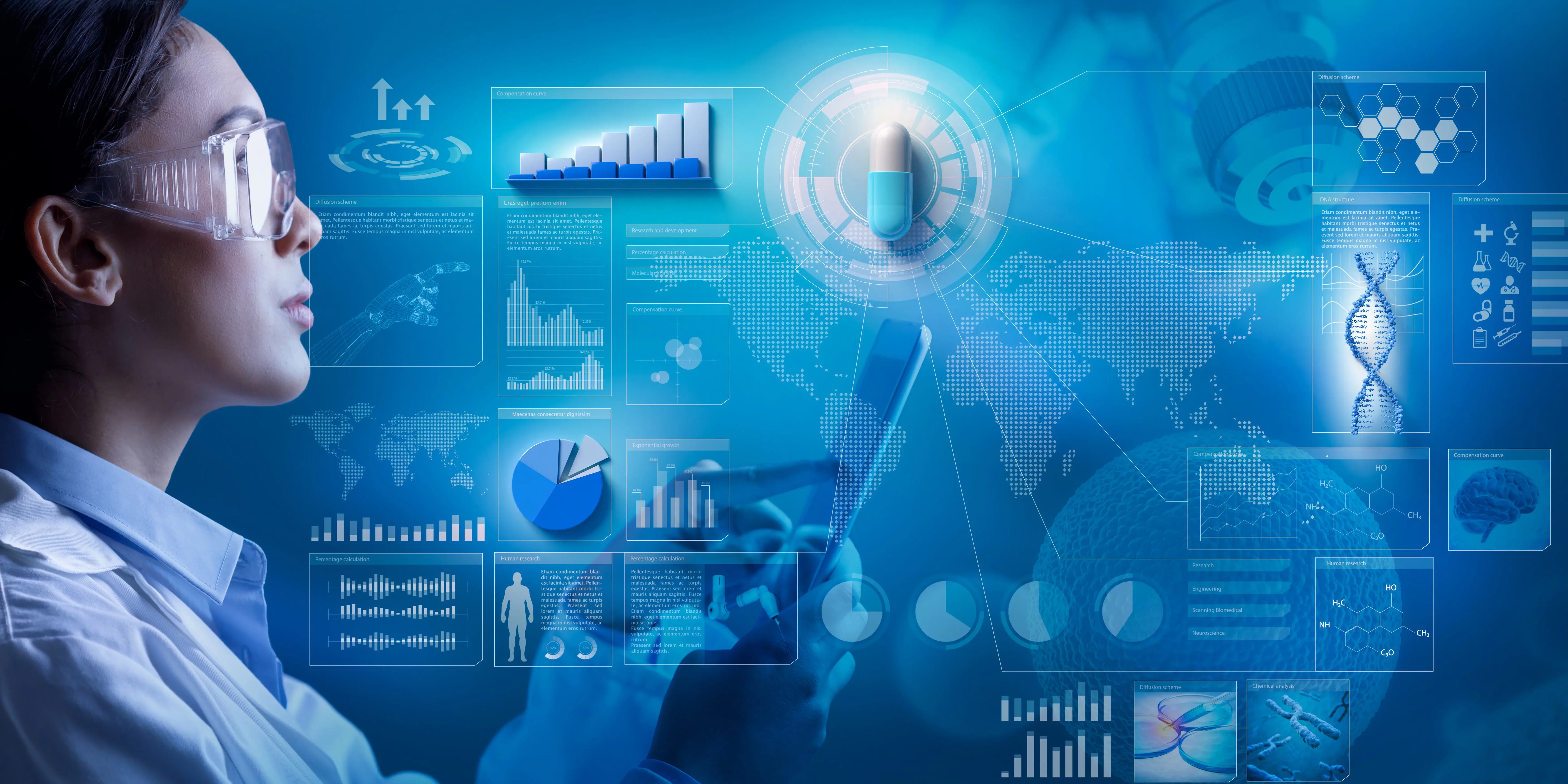Biobanking, a word gaining popularity in scientific fields, is at the forefront of revolutionary research and
medicinal advancements. This article looks into the complexities of biobanking, its historical evolution,
the various types of biobanks, the essential processes involved, and its vital role in defining the future of
medical research.
What is Biobanking
The collecting, storage, and processing of biological samples for research purposes is known as
biobanking. Blood, tissue, DNA, RNA, and even living cells can be used as samples. Biobanks are
essentially archives for these precious resources, which are made available to scientists researching a
wide range of diseases and health situations.
The Importance of Biobanking
Biobanking is essential in scientific initiatives because it provides researchers with the opportunity to
utilize a diverse range of biological resources. As a result, improvements in domains ranging from
genetics to drug discovery are facilitated.
Early Beginnings
The origins of biobanking can be traced back to early medical procedures when basic means of specimen
preservation were used. However, it wasn't until the last few decades that biobanking matured into an
advanced and organized process.
Evolution over Time
The area of biobanking has increased significantly, pushed by advances in technology and a rising
recognition of the need to store biological samples for future research.
Population-Based Biobanks
Collect samples and data from a diverse population, regardless of health status. These biobanks are
useful for investigating general health trends, finding risk factors for specific diseases, and
comprehending the complicated interaction of the environment and genes.
Disease-Oriented Biobanks
Concentrate on a certain disease or group of disorders. Samples and data are obtained from patients
with these disorders, as well as potentially healthy controls for comparison. Cancer biobanks,
Alzheimer's disease biobanks, and rare illness biobanks are all examples.
Virtual Biobanks
In the digital age, virtual biobanks hold electronic medical records and associated data, enabling
collaborative research efforts and making vital information available to researchers worldwide.
What is the Process of Biobanking?
Sample Collection
Biological samples are obtained from volunteers via ordinary medical procedures or through specific
biobank investigations. Informed consent is essential, and ethical concerns are vital throughout the
process.
Processing and Storage
Once collected, samples are meticulously handled to ensure their quality and viability. This could include
procedures like freezing, dehydration, or paraffin embedding. Samples are then stored in safe places,
generally at low temperatures or in specific containers.
Data Management
There is a variety of linked data that comes with biological samples. Efficient data management
solutions are required for classifying and arranging this material, ensuring its availability for research
purposes.
Advancement of Medical Research
Biobanks serve an important role in advancing medical and scientific research by providing researchers
with access to a wide range of biological samples. This facilitates the study of illnesses, genetics, and
other health-related issues.
Personalized Medicine Development
Biobanks help to advance customized treatment by allowing researchers to study genetic and molecular
information from kept samples. This data can be utilized to adapt medical treatments to specific
individuals based on their unique biological traits.
Drug Discovery and Development
Biobanks are used by pharmaceutical companies to find prospective therapeutic targets, verify
drug efficiency, and learn about the molecular mechanisms underlying diseases. The process of
developing new drugs is accelerated by doing this.
Rare Diseases and Orphan Drug Research
Biobanks are especially beneficial for studying rare diseases because they allow researchers to collect a
large enough number of samples for analysis. This is essential for creating treatments for diseases that
affect just a small percentage of people in the world.
What is the Role of Biobanking in Cancer Research?
Biobanking contributes significantly to cancer research by securely keeping biological samples such as
tissues and blood. These repositories offer researchers a plethora of different, well-preserved specimens
that are critical for studying cancer genetics, finding biomarkers, and designing targeted medicines.
Scientists may speed up discoveries, improve treatment outcomes, and deepen our understanding of
cancer by using organized, accessible resources. Biobanking becomes an essential component in the
battle against cancer by enabling collaboration and data sharing, helping researchers worldwide achieve
discoveries and, eventually, improve patient care. Investigate how biobanking drives developments that
open the way for a more promising future in cancer research and treatment.
But biobanking is not simply about technology. It's all about having hope. Each sample might be a new
weapon in the fight against cancer, one that changes the game. We are getting closer to a time when
cancer is no longer a death sentence but rather a chapter that can be ended with every discovery.
Ethical Considerations in Biobanking
Informed Consent
The importance of donor autonomy cannot be overstated. Biobanks follow strict ethical guidelines,
ensuring that donors provide informed consent for sample collection and usage in research.
Privacy and Confidentiality
Donor privacy is an important ethical consideration. Biobanks use strong safeguards to protect sensitive
information, ensuring public trust in the research process.
Here are some key challenges in biobanking:
Sample Quality and Integrity
Standardizing collection and processing protocols to maintain sample consistency.
Minimizing pre-analytical variables that could affect sample quality.
Implementing adequate storage conditions, such as temperature and humidity management,
helps avoid sample loss..
Data Management and Integrationy
Developing reliable information systems for tracking samples and accompanying data.
Ensure connectivity with other databases and platforms for collaborative research.
Addressing issues related to data security, integrity, and accessibility.
Resource Limitations
Securing funding for biobanking infrastructure, personnel, and maintenance..
Managing the costs associated with sample collection, processing, and long-term storage..
Balancing the demand for sample access with available resources.
Long-Term Sustainability
Addressing issues related to the long-term sustainability of biobanks..
Developing solutions for ongoing financing and assistance.
Planning for the ethical disposal of samples if a biobank is closed down.
Technological Innovations
Artificial intelligence (AI) and robotics are poised to change the biobanking process, increasing efficiency
and broadening the spectrum of research possibilities.
Collaborative Efforts
Future biobanking attempts will very certainly involve more institutional collaboration, supporting the
construction of larger, broader sample collections.
Potential Innovations
The developing environment of biobanking holds the prospect of innovative findings, potentially
opening up new paths for illness research and therapy.
Biobanking is an outstanding instrument with the potential to transform medical research and enhance
human health. Biobanking is a pillar of modern scientific research, giving researchers with the tools and
resources they need to decipher the complexity of human biology. Biobanking is a dynamic force in
developing medical knowledge and therapies, from its historical roots to its challenges and
achievements.
Clinfinite Solutions
is a clinical research organization that specializes in biobanking and clinical development Solutions
. They provide a comprehensive set of services to help biobanks of all sizes and
types operate smoothly and effectively. Their knowledge of sample collection, processing, storage, and
data administration makes them an invaluable partner for any biobanking project.
I hope this explanation helps! Let me know if you have any other questions about Clinfinite Solutions or
biobanking in general Contact us here (vikrant@clinfinite.com).
Frequently Asked Questions
1. Why are biobanks important?
Biobanks serve an important role in scientific research by securely keeping biological samples and
promoting advancements in medicine and genetics. Their significance is in expediting medical
advancements, boosting researcher collaboration, and ultimately contributing to specific healthcare
solutions, making them an essential resource in the field of scientific discovery and development.
2. How does the Biobank work?
Biobanks serve as repositories for various biological samples, as well as for systematically organizing
genetic material, tissues, and data. To assure sample integrity, traceability, and accessibility, they use
strict processes. Understanding how biobanks function illuminates their critical role in advancing
scientific research and medicinal advances.
3. What is the need for biobanks?
Both maintain life's vital samples, but in different ways: consider a biobank as a hospital archive, keeping
human specimens for medical research, such as blood for cancer investigations. Consider specific
medications and discover disease secrets. In contrast, a biorepository is like a lively life science library,
housing everything from animal tissues to microorganisms. Consider larger ecosystems and
environmental research. They're both important instruments for scientific discovery, just in different
parts of life's interesting puzzle.
4. What exactly is the distinction between a biobank and a biorepository?
Both maintain life's vital samples, but in different ways: consider a biobank as a hospital archive, keeping
human specimens for medical research, such as blood for cancer investigations. Consider specific
medications and discover disease secrets. In contrast, a biorepository is like a lively life science library,
housing everything from animal tissues to microorganisms. Consider larger ecosystems and
environmental research. They're both important instruments for scientific discovery, just in different
parts of life's interesting puzzle.
5. How are Biobank samples used in research?
Biobank samples are critical to research because they provide researchers with a wide range of
biological materials to study. These samples help researchers learn more about genetics, diseases, and
treatment responses. Researchers gain essential data from assessing these specimens, which contribute
to advances in medicine, drug development, and personalized healthcare developments.
6. How many Biobanks are there in India?
India now has 19 registered biobanks out of 340 global biobanks; the exact number varies depending on
the source and definition of "registered biobank." There may be more biobanks that are not included in
all databases.
MISSION
Our Mission is to keep up with uniformity and consistent enhancement in the conveyance of Pre & Clinical outcomes.
VISION
Clinfinite strives to be a strategic partner for Pre & Clinical end points, we envision ourselves to be perceived as a preferred R & D solutions partner.
Clinfinitism
• Science at the Nucleus
• Quality through Best Practices and Compliance
• Principal and Principle Centric Work Ethics
• Empowering through Ingenuity & Delimitation
• Radical, Adaptability, Innovativeness, Network



